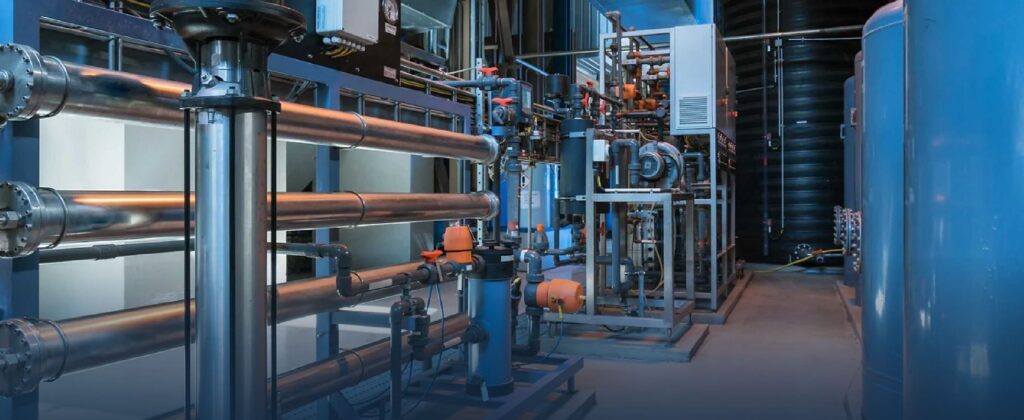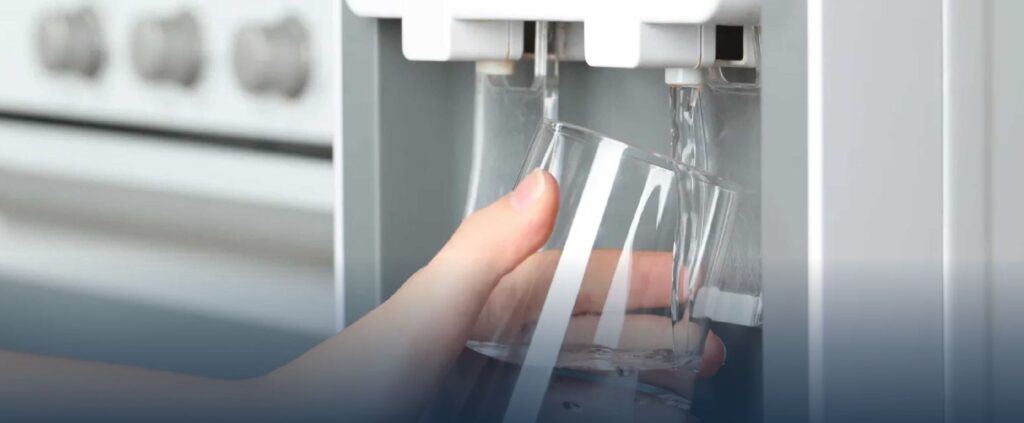The importance of in situ Legionella testing is becoming increasingly more relevant for all medical facilities and nursing homes. Traditional laboratory testing can deliver inaccurate results not to mention long delays before the results are known . Rapid Legionella testing can mitigate those risks and obtaining the results within half an hour enabling staff to take remedial action.
More reasons below why traditional lab culture testing is losing its relevance.
Time’s Up on Lab Culture!
8 reasons why the ‘Gold Standard’ for Legionella testing cannot protect you, your employees or your customer’s from Legionnaire’s Disease.
Legionella is a water-borne bacterium that thrives in man- made water systems. When the bacteria are inhaled by humans, in the form of water droplets and aerosols, it can lead to fatal outbreaks of Legionnaires Disease.
Statistics show that cases of Legionnaires Disease are increasing rapidly each year and that many cases of this fatal infection are going undiagnosed.
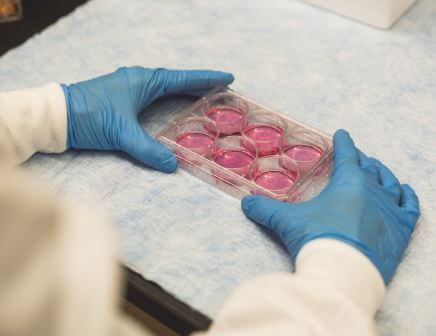
The lab culture method is often described as the ‘Gold Standard’ for Legionella testing and is sometimes required by law. However, the accuracy of results is dangerously low when compared with other methods.
Here are 8 reasons why the lab culture method simply isn’t good enough to protect you, your staff and the public from Legionnaires Disease…
In general, water samples aren’t tested on-site and must be sent to a laboratory for testing.
1. Sample Damage in the Transportation Process
The sample must not be exposed to excessive heat or other radiation, and paperwork must be meticulous to ensure that the test results reflect the sample submitted.
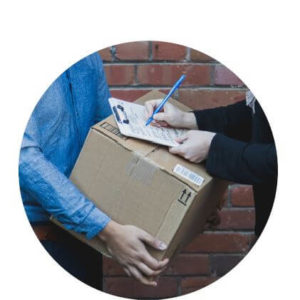
- In many cases, with courier-shipped samples, it’s very difficult to guarantee that best practice has been followed and that the sample hasn’t been altered
- Other bacteria in the sample can dominate Legionella en route and use the resources available.
- This can result in a diminished or weakened population of Legionella.
Problem – Guess what? Legionella in the sample can die en route and lead to a false negative result or a low CFU result.
Acid and Heat Treatment
2. Once in the lab, samples can be treated.
The ISO standard specifies acid and heat treatment to kill bacteria that could dominate the culture test and prevent Legionella from being detected .
Problem – Guess what? It can also kill some of the Legionella in the sample and lead to a false negative result or a low CFU result.
3. Lab Culture Cannot Detect Viable but Non-Culturable Bacteria
Legionella, when shocked due to temperature, biocide, lack of nutrients, or other stress, can enter a Viable but Non-Culturable (VBNC) State.

In this state, the bacteria are still highly dangerous but the lab culture test will NEVER detect them as they cannot be cultured
4. Artificially Created Environment
Legionella Pneumophila which accounts for most cases of Legionnaires’ Disease worldwide is a parasite of amoeba. It replicates within the amoeba until it exhausts its resources, then shifts to a lower metabolic state, grows a flagellum, exits the amoeba and uses the flagellum to swim looking for another host.
Lab culture tests do not use amoeba so the reproduction process is not natural or optimal for Legionella to grow.
Problem – Once again the lab test result can be highly misleading and again this could lead to a false negative result or low CFU result.
5. Lab Culture Only Detects Part of the Legionella Bacterium Lifecycle
Only certain phases of the Legionella lifecycle are easily replicable via lab culture. Therefore, the success of the lab culture test is at least partially dependent on the lifecycle phase of the bacteria present in the sample, at the time of testing.
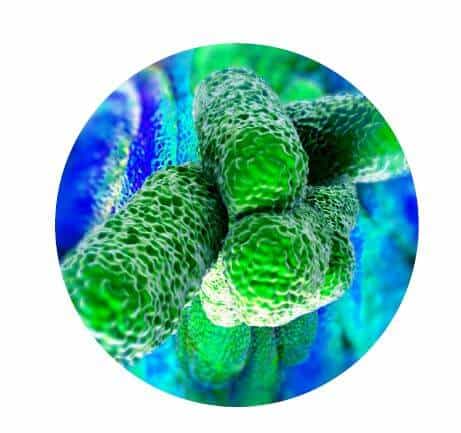
The most hazardous phase (referred to as the motile phase), is the phase in which Legionella can infect human lungs. Ironically, this phase cannot be easily replicated via the culture method because the bacteria is not in a naturally replicative state.
Problem – Laboratory testing methods can be highly inaccurate, arguably dangerously so. Yet again the results from a lab can be misleading and false negatives and low CFU results can occur.
6. Lab Culture is Just TOO SLOW!
With all lab culture tests there is a typical 10-14 day wait for results. Therefore, the test is always providing a historical view of the system being tested .

Legionella populations in man-made water systems can multiply to dangerous levels in just a few days.
That leaves up to 14 days of opportunity for the bacteria to infest the water system and infect you, your employees and the public!
Problem – A negative result may provide a false sense of security and a positive result may be delivered FAR too late – this is a huge risk to staff, customer and general public health!
7. Lab Culture Testing Achieves Low Recovery Rates – That’s a Fact!
The recovery rate illustrates the percentage of positive samples which are successfully detected by a testing method.
The recovery rate of lab testing can be dangerously low, for the
reasons stated above, and even the ISO standard document only states recovery rates of “>64%”. That’s up to nearly 36% inaccuracy[8]!
However, despite variable and low recovery rates, the lab culture method is still considered the ‘Gold Standard’ in the industry. Confused? So are we!
Problem – False negatives are a serious problem for Lab Culture techniques – even for ISO accredited labs. Not only is the method slow, it can also be inaccurate!
8. Inefficient Information and Audit Trail
Lab culture testing typically provides a written report, which is sent back to the customer following the 10-14 day testing period. This will have to be interpreted and the information passed on to a duty holder or other risk management professional in order for the required action to take place.

Problem – This adds further delay and increases risk!
Surprised? Check out our sources!
[8] Water quality — Enumeration of Legionella. (2017). ISO International Standard, (11731).
Are you interested in the latest technologies in Legionella testing industry? Contact us on:
Email us: sales@pacificwater.com.au


